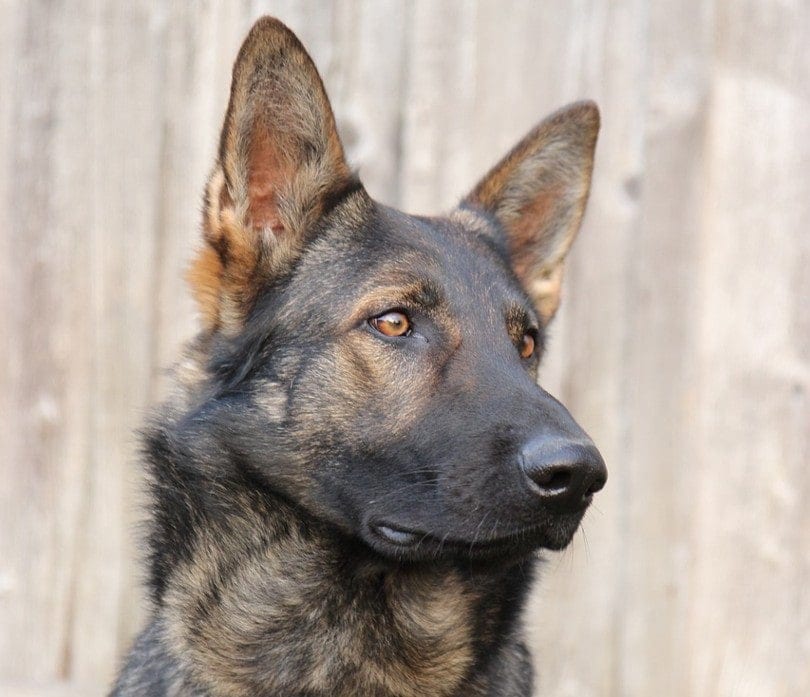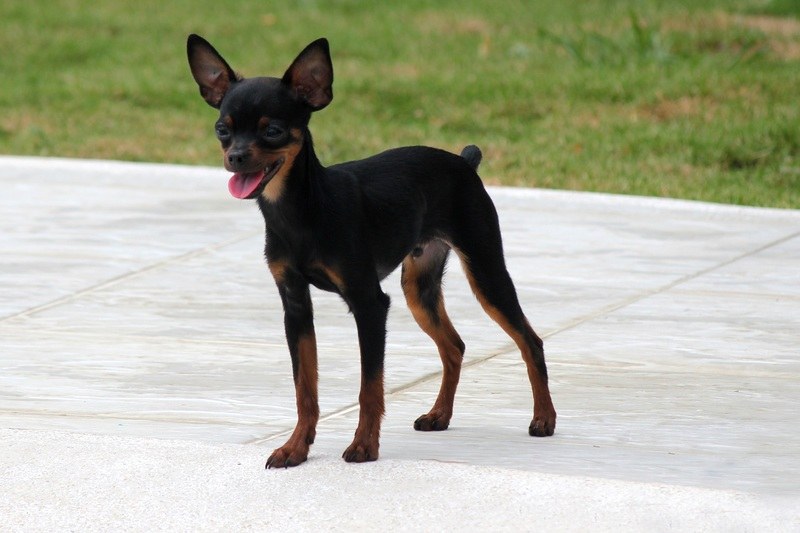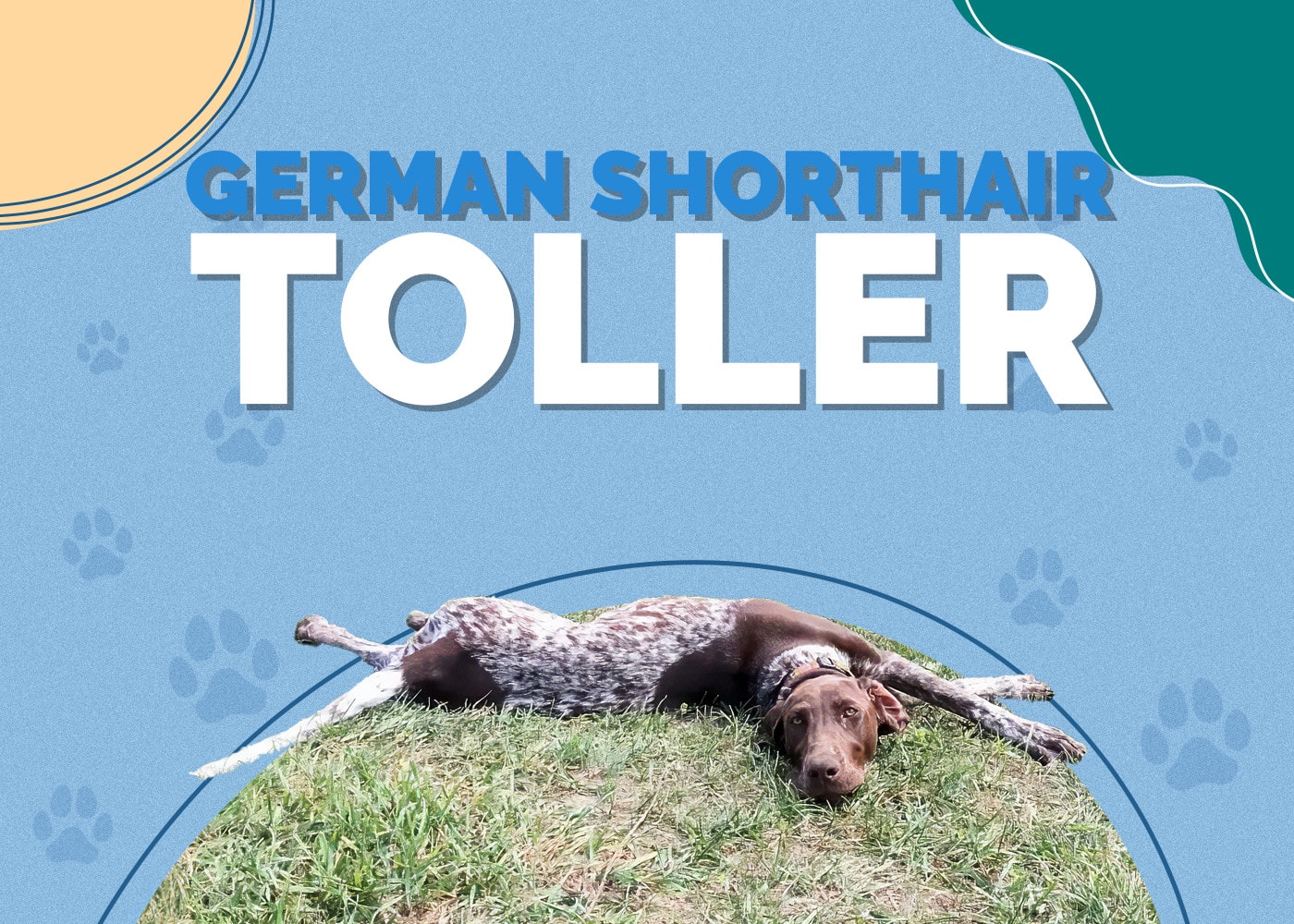Brindle German Shepherd: Origin, History, Traits & Facts

Updated on

| Height: | 22 – 26 inches |
| Weight: | 49 – 88 pounds |
| Lifespan: | 7 – 11 years |
| Colors: | Black, Tan, Sable, Gray |
| Suitable for: | Active households, service & working dog training |
| Temperament: | Intelligent, courageous, confident, stubborn |
German Shepherds are among the most popular dog breeds, consistently making the American Kennel Club’s list of most popular breeds. The AKC recognizes 11 coloring patterns for the breed but no marking patterns.
Brindle markings are striking, with subtle stripes along the back and legs, which sometimes resemble tiger stripes. The coloring of the patterning can vary based on the particular dog’s genetics.
This marking pattern is considered rare by the breed’s fans since its lack of recognition from the AKC leads some to believe that brindle-coated German Shepherds are impurely bred or undesirable. Some suggest that the hesitation comes from the brindle pattern’s association with Pit Bulls.
Brindle German Shepherd Puppies
As the name implies, German Shepherds are herding dogs. They’re active and need physical and mental stimulation to thrive. German Shepherds are eager learners but can be a little stubborn, which some owners may find challenging. As with larger dog breeds, their lifespans are a bit shorter, and they’ve got an unfortunate disposition for common dog health problems like hip dysplasia.
Socialization is essential for these pups because they have a powerful jaw and a heritage guarding livestock and people. Improperly socialized German Shepherds may be suspicious of people and animals alike.
6 Interesting Facts About the Brindle German Shepherd
1. Brindle Coating Has Distinct Genetic Markers
In genetics, color patterns can be a bit more finicky to determine than simply colors. The brindle pattern is marked in genetics by a specific mutation of the dominant black coloring gene. This variation of the dominant gene allows for the recessive coloring gene to show through on the fur and results in the brindle patterning.
2. Brindle Is an Original Color Pattern of the German Shepherd
The first registered German Shepherd was named Horand von Grafrath, and he had at least 30 sons. Of these, at least two were observed to have the brindle genetic mutation! This means that brindle coloring was documented early on in the German Shepherd family tree.
3. The S.V. Called for the Eradication of Brindle Patterning
According to The Society for German Shepherds (Verein für deutsche Schäferhunde or S.V.), founded by Horand von Grafrath’s owner, Max von Stephanitz, the brindle pattern was designated to be eradicated from the breed’s genetics. The reasoning is not stated but seems to be cosmetic rather than for health reasons. According to the S.V, white, liver, brindle, and blue merle colorings were all chosen for eradication.
4. There Are Four Types of Brindle Coating
The brindle pattern is distinct, with irregular streaks of darker or lighter color through the base color. The four patterns of brindle coating are black brindle, brindle-tan, brindle-sable, and brindle-gray.
- Black brindle, or reverse brindle, appears to have light stripes on a dark coat.
- Brindle-tan dogs have a lighter coat with darker streaks.
- Brindle-sable dogs have a darker coat color on the head and back only.
- Brindle-gray dogs may only have Brindle points on the feet and face.
5. Brindle Patterning Is Considered a “Serious Fault” by the AKC.
The AKC states that, “Strong, rich colors are preferred. Pale, washed-out colors and blues or livers are considered serious faults. A white dog must be disqualified,” and brindle patterns are considered, “washed-out.” Thus, brindle patterning is not recognized as a pattern for German Shepherd show dogs in America.
6. The Dutch Shepherd’s Brindle Patterning Was Chosen to Distinguish It From the German Shepherd
Though they were bred to look similar, the Dutch Shepherd’s official patterning is brindle. The pattern was explicitly chosen to distinguish the breed from the German Shepherd Dog.
Conclusion
The German Shepherd is one of the most distinct and beloved dog breeds. Though brindle patterning may be rare, its part in the breed’s history is well-documented, and perhaps it’s time to revisit the official patterning of the breed. Though they are not qualified for show, white German Shepherds are officially recognized by the AKC. There seems to be no reason that the brindle patterning could not receive similar recognition.
See Also:
- Silver (Grey) German Shepherd: Origin, History, Traits & Facts
- German Shepherd & Anatolian Shepherd Mix Info, Pictures, Facts
Featured Photo Credit: Lennox123, Pixabay












